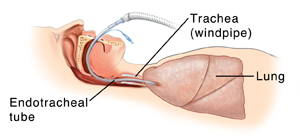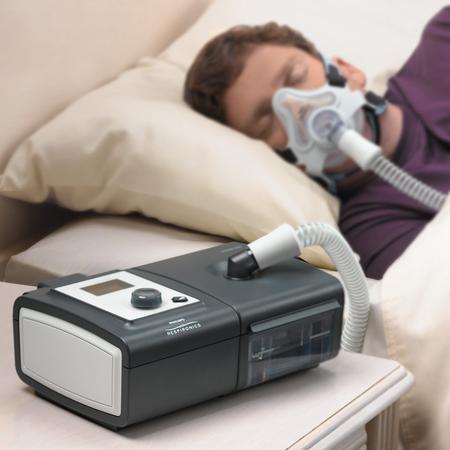
CPAP therapy stands for continuous positive airway pressure
Positive airway pressure is an effective mode of respiratory ventilation utilized in the treatment of obstructive sleep apnea. CPAP is also widely used for patients who are severely ill in a hospital with obstructive sleep apnea (OSA). The use of CPAP helps in achieving a better airway pressure (AIP), as compared to the air that is allowed to flow in by the patient's breathing through the mouth.
Obstructive sleep apnea can be caused by obstruction of the nose, and this blockage of the airway causes a person to snore while sleeping. It can also lead to other health problems such as headache, pain, fever, stress, and depression. CPAP therapy helps in the treatment of these health problems. CPAP therapy is a replacement therapy for CPAP therapy that is commonly used in hospitals for obstructive sleep apnea patients. In this mode, the air pressure entering the patient's nose is kept constant.
Patients need to wear a mask while sleeping, and this process takes about thirty minutes while they breathe air with a face mask. The CPAP device is usually attached to a face mask and acts as a pressure regulator. It is able to automatically adjust according to the patient's needs.
Patients are advised to keep their mouths shut and try to keep their mouths shut during sleep. Thus, there will be a difference in pressure in the mouth and in the throat area. If the pressure difference persists during sleep, the air entering the nose will become stable. This ensures that the airway remains open and there is no blockage in the throat area.
Sleep apnea occurs when a person is unable to breathe during sleep due to an obstructive sleeping posture. When the breathing becomes blocked during sleep, the patient feels sleepy and begins to snore. CPAP therapy relieves the patients from this problem. This also helps in clearing out obstructive airways and helps to prevent the patients from having dry air passages and also dryness of the throat.

CPAP therapy is commonly used to treat patients with acne, as it helps to control snoring and it also enables them to breathe easily. These therapies help in restoring breathing through the mouth, even if they are not breathing through the nose. in their sleep.
CPAP therapy helps in treating obstructive sleep apnea by preventing the apnea. This in turn helps to maintain a constant pressure in the airway and helps in controlling snoring. This also helps to reduce the amount of oxygen reaching the brain in patients with obstructive sleep apnea, while maintaining a steady pressure of air going into the brain. Since CPAP therapy allows a continuous flow of air into the throat, it also prevents snoring.
Patients with mild apnea and mild obstructive sleep apnea can use CPAP therapy to control the symptoms of these two types of apnea. These patients are not suitable for other treatments because they may not need it. On the other hand, patients who are having severe obstructive sleep apnea and those who have other serious respiratory diseases may need CPAP therapy to manage the symptoms of their breathing disorders.
CPAP therapy works by producing positive pressure in the airways of the patients. This allows the air to pass easily in and out of the lungs of the patients and makes breathing easier and more comfortable. It also helps to reduce nasal congestion. and helps in avoiding dry air passages in the throat.
CPAP therapy has been successfully used to help patients suffering from sleep apnea. In fact, this treatment is used to treat the cause and effects of the disorder. This therapy aims at treating the causes of the disorder instead of its symptoms.
If a patient has problems with his or her snoring and breathing, he or she may be prescribed with CPAP therapy. The therapist helps these patients learn how to control their breathing and stop snoring through positive pressure of air through a CPAP machine. These machines are very useful in helping patients to control their breathing.
Leave a Reply